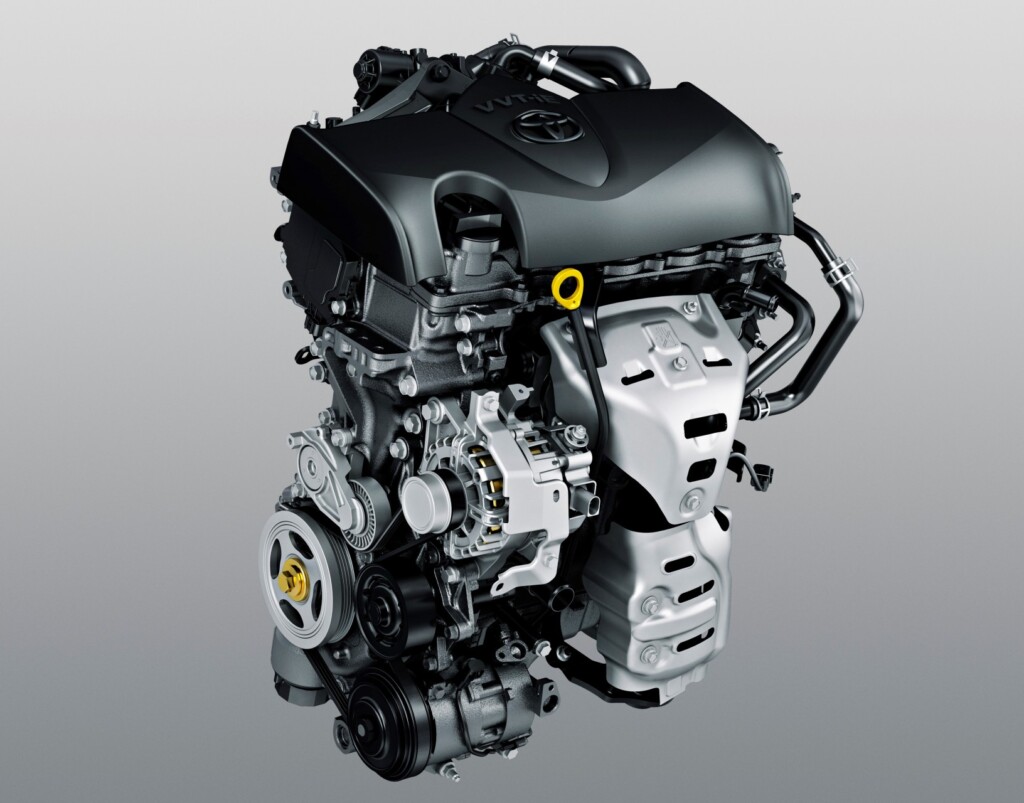
Toyota is introducing a new 1.5-litre four-cylinder petrol engine to the Yaris range to replace the current 1.33-litre unit, offering not only more power, more torque and faster acceleration, but also improved fuel economy and lower CO2emissions.
Developed in anticipation of the future Euro 6c emissions standard and RDE (Real Driving Emission) homologation requirements in Europe, the new engine is being manufactured by Toyota Motor Industries Poland as part of Toyota Europe’s €150 million (RM750 million) production investment programme. It benefits from new technical features that deliver better performance and a more enjoyable drive, while at the same time achieving a reduction of up to 12% in fuel consumption, under current NEDC official test criteria.
The new naturally aspirated 1,496cc engine is capable of developing a maximum output of 110bhp and peak torque of 136Nm at 4,400rpm. Compared to the 1.33-litre unit, the new 1.5-litre engine accelerates from 0 to 100 km/h in 11.0 seconds, which is 0.8 seconds faster than before.
To meet the requirements of the new Euro 6c standard and the new RDE homologation cycle, Toyota has benefited from its knowledge in the field of hybrid vehicles. In this new engine, this is revealed by a thermal efficiency value of 38.5%, putting it amongst the best on the market. This performance is achieved by implementing a high compression ratio of 13.5, by adopting a cooled exhaust gas recirculation system (EGR) and by extending the variable valve timing operation, which allows the engine to switch from the Otto cycle to the Atkinson cycle to gain optimum efficiency in different driving conditions.
The higher value of the compression ratio is achieved thanks to the design of the combustion chamber and the use of new pistons, which promote a homogeneous air/petrol mixture and rapid combustion. By reducing the combustion temperature, cooled EGR also helps delay the occurrence of knocking. Furthermore, the volume of reinjected inert gases allows the reduction of pumping losses at low and medium loads which improves the efficiency.
Finally, the adoption of a new variable inlet valve timing system – VVT-iE** – allows the switch from the Otto cycle to the Atkinson cycle and vice versa in a fraction of a second. Controlled electrically, the phase shift of the intake camshaft allows a delay in the closure of the intake valve beyond the piston bottom dead centre, so as to reduce the compression phase which contribute to a further reduction in the pumping losses (Atkinson cycle) or an advance of opening to a switch back to the Otto cycle for a better performance at high load. The phase shift of the exhaust camshaft is controlled by a hydraulic system.
The engineers also focused on improving fuel consumption at sustained motorway cruising speeds, leading to the use – for the first time on a Toyota – of a water-cooled exhaust manifold. By limiting the gas temperature, this avoids the need for mixture enrichment to reduce combustion temperature at any motorway driving speed. As a result, both fuel consumption and exhaust emissions are reduced.
*with CVT ** Variable Valve Timing – intelligent Electric Motor
Other posts by AF Newsdesk







